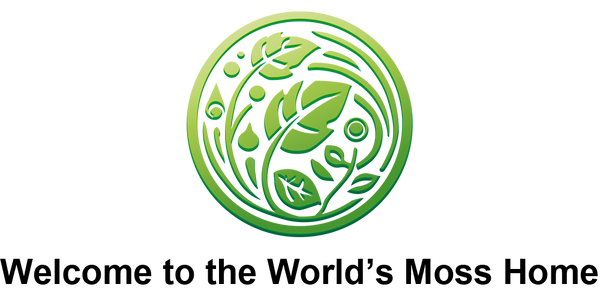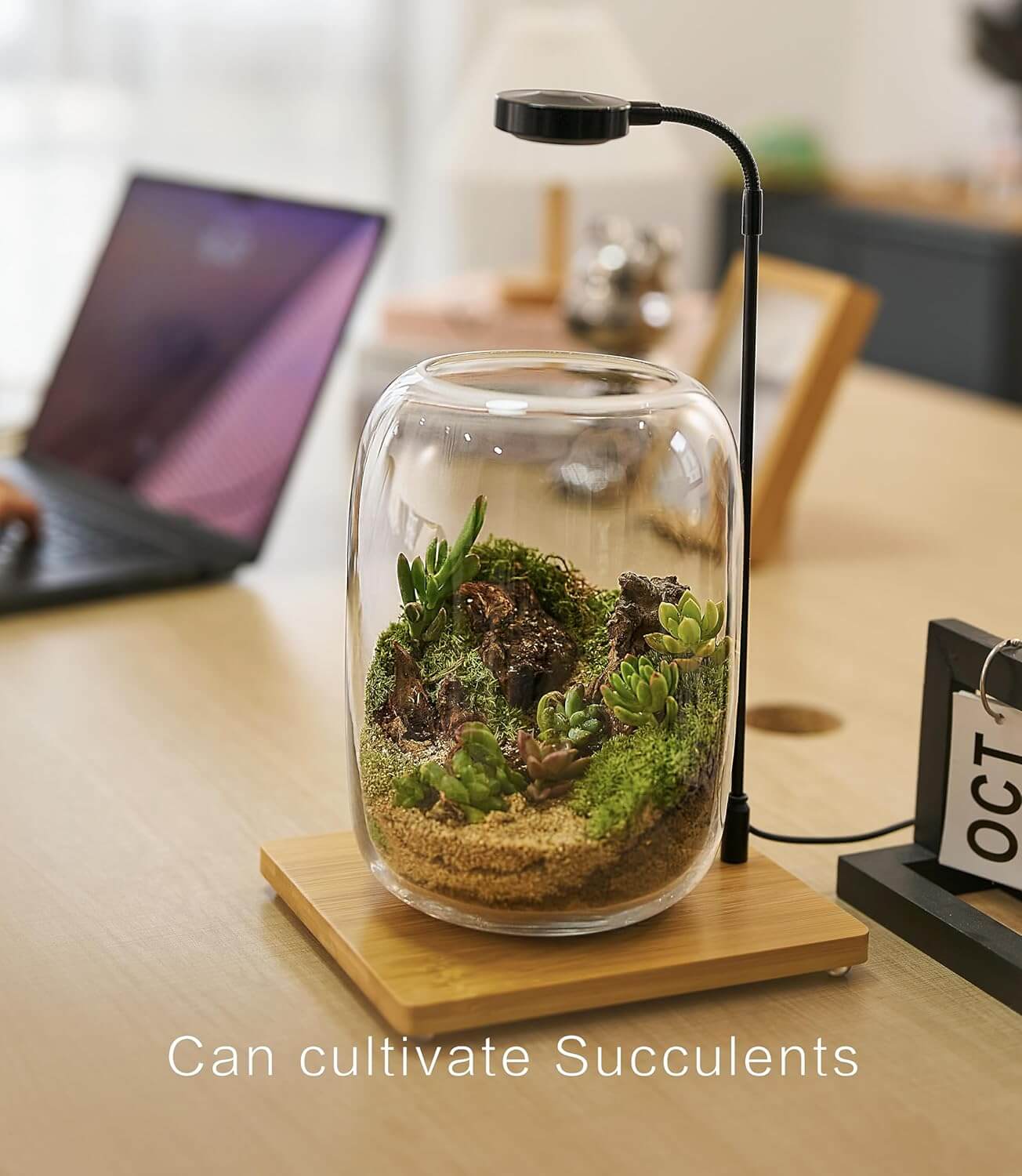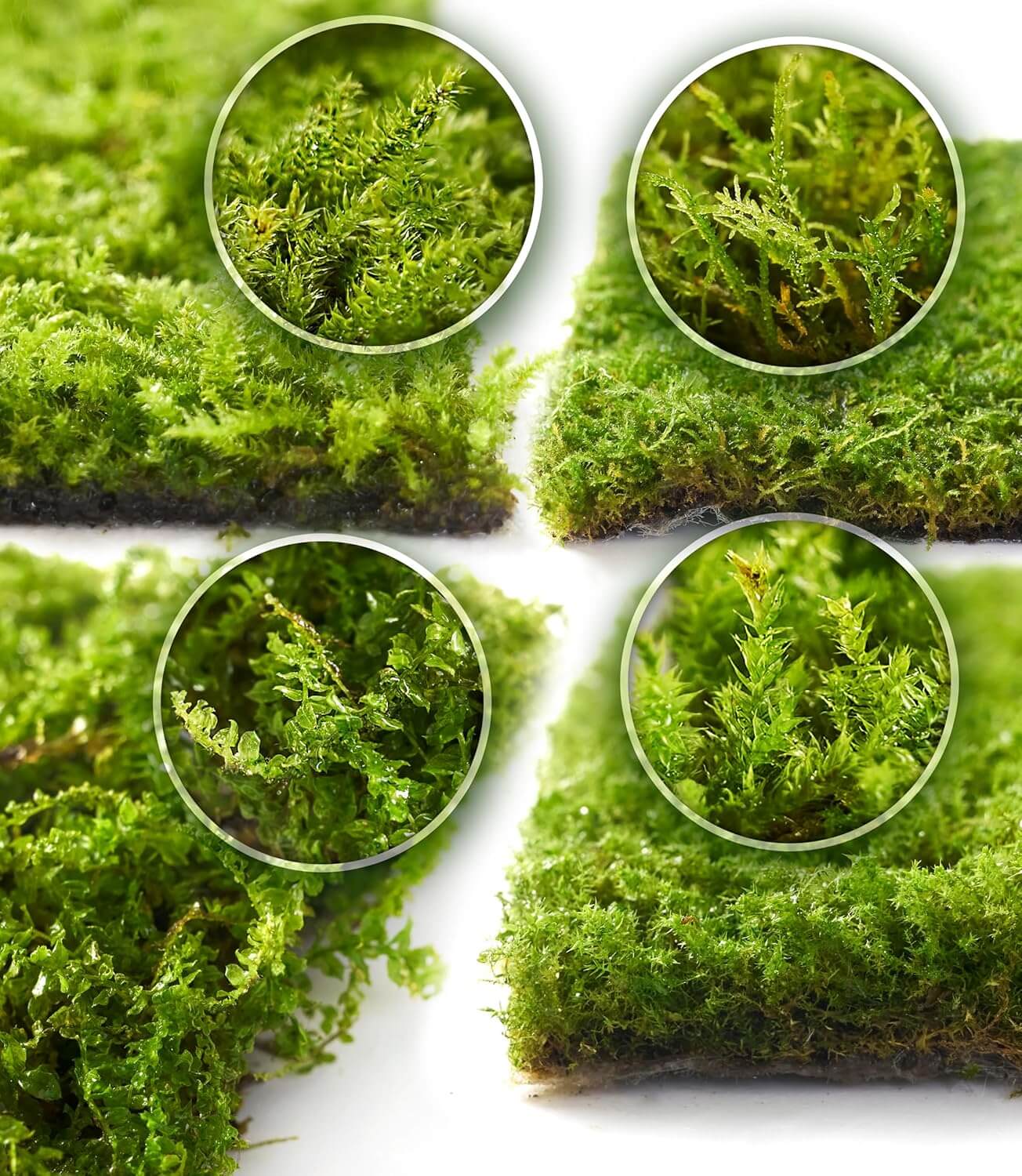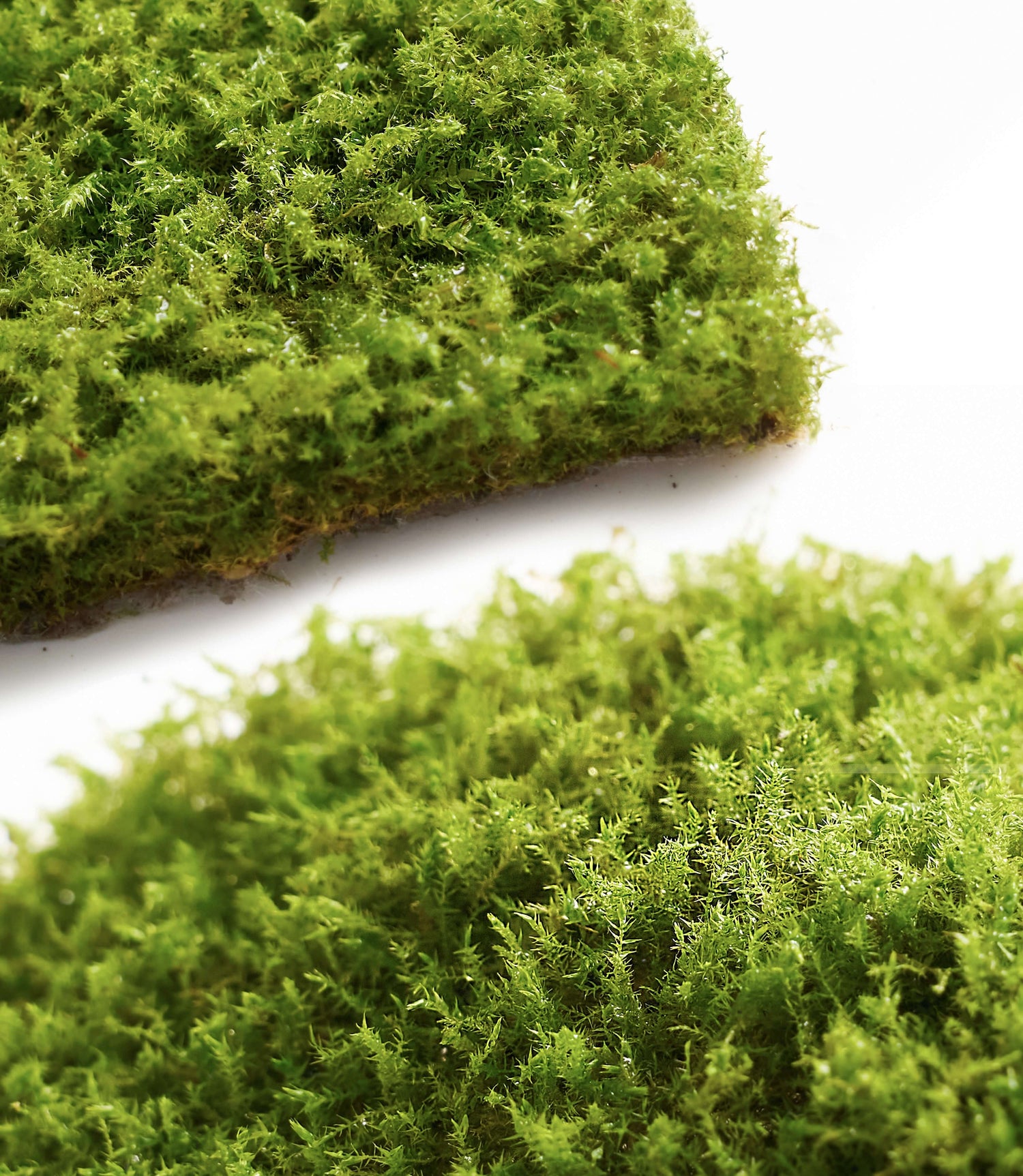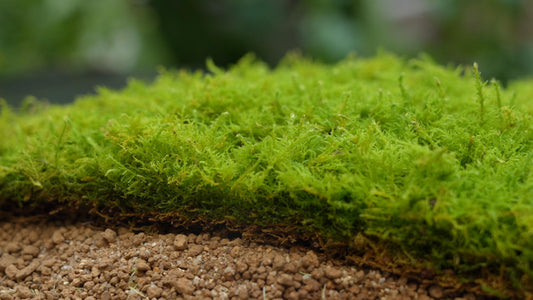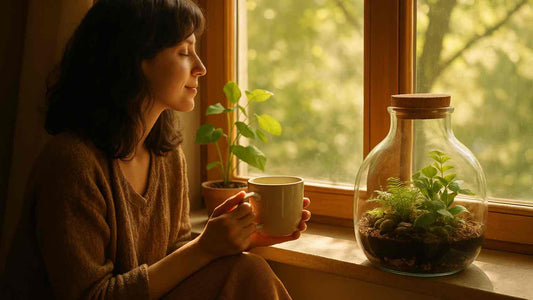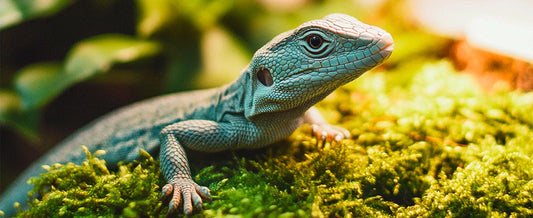Live Sheet Moss (Brachythecium): A Complete Care Guide for Beginners
Live Sheet Moss (Brachythecium): A Complete Care Guide for Beginners
Introduction
Brachythecium moss is a widespread and highly adaptable species. It's often used as a terrarium moss, but is also commonly used in urban landscaping, bonsai arrangements, and reptile terrariums. This tough and easy-to-care-for moss is suitable for beginners and a reliable, fast-growing moss groundcover for both indoor and outdoor projects.
I. Morphological Traits
- Stem Structure: Brachythecium live moss features thick, branching stems that either grow upright or creep at a gentle angle. These stems have clearly defined nodes, making them ideal for terrarium layouts and moss wall applications.
- Leaf Shape: This sheet moss has short, broad, sickle-shaped leaves that closely hug the stem. When dry, the leaves curl tightly; when moistened, they unfurl into a soft, flexible texture—perfect for reptile habitats and moss jars that require moisture regulation.
- Color Changes: Depending on humidity and lighting, the moss changes from vibrant green to a more yellow-green tone. This color responsiveness makes it a versatile choice for both decorative and functional purposes in bonsai arrangements and closed terrariums.
- Height & Spread: Typically reaching a height of 0.6–1.6 inches (1.5–4 cm), Brachythecium spreads horizontally with dense, even coverage—excellent for creating natural-looking forest floors or lush backgrounds in vivariums.
II. Habitat and Adaptability
- Natural Environment: Brachythecium live moss is naturally found in a wide range of environments, including temperate forest edges, grassy meadows, urban sidewalks, wall cracks, and even moist pavement joints. Its adaptability makes it an ideal moss for terrariums, moss art, and reptile enclosures where diverse conditions may apply.
- Light Adaptability: This sheet moss tolerates a broad range of lighting—from low indoor light to medium-bright filtered light. It thrives in shaded terrarium corners, under bonsai trees, or along the sides of vivarium glass walls where sunlight is indirect.
- Temperature Range: Best growth occurs between 50°F and 82°F (10°C–28°C), making it suitable for most indoor climates and year-round reptile habitats.
- Humidity Range: Performs reliably in 50% to 85% relative humidity. It’s especially well-suited for closed terrariums, orchid arrangements, or tropical-style moss landscapes that maintain consistent moisture levels.
- Soil Preference: While not demanding, Brachythecium moss grows best in loose, well-drained substrates. Avoid compacted or soggy soils, as poor drainage can lead to rot. Suitable options include sphagnum moss, pumice mixes, or lightweight terrarium substrates.
III. Cultivation Tips
1. Recommended Substrate Mix
-
Suggested Blend:
Use a mix of 40% general-purpose potting soil, 30% peat moss, and 30% perlite or fine sand.
This combination offers a breathable and well-draining base, ideal for live moss like Brachythecium when used in terrariums, moss jars, or reptile tanks.
-
What to Avoid:
Stay away from clay-heavy, dense, or compacted soils, which can lead to excess moisture retention and root suffocation. This is especially critical for sheet moss types that spread horizontally.
2. Watering and Lighting
-
Watering Schedule:
Mist your live moss every 2–3 days. During dry indoor seasons or when exposed to heating/AC systems, increase misting to once daily to maintain optimal humidity (ideally between 50%–85%).
-
Lighting Requirements:
Provide 6+ hours of indirect natural light or diffused artificial light per day.
Avoid direct sunlight, which may cause moss to dry out or bleach—especially in glass terrariums or closed moss domes.
3. Attachment and Fixation
-
How to Apply:
Brachythecium moss can be gently pressed onto damp bricks, natural wood, moss walls, or landscape rocks. It’s a popular method in bonsai moss application and vertical moss decor.
-
Stabilization Tips:
Use fine mesh netting, toothpick anchors, or frequent light misting to keep the moss in place while it attaches.
Within 7–14 days, most patches will begin to anchor naturally if humidity is maintained.
IV. Propagation Methods
- Technique:
- Brachythecium moss, like most live moss species, propagates easily through vegetative division.
- Simply tear or trim a healthy clump of moss and gently press it onto moist substrate—such as terrarium soil, moss panels, or reptile habitat flooring.
- Best Use Cases:
- This method works well for:
- Creating a uniform sheet moss carpet in glass terrariums
- Filling empty patches in bonsai trays or orchid planters
- Restoring dry spots in indoor moss gardens or vivariums
- Initial Stage:Under optimal conditions (indirect light, 50–85% humidity, breathable substrate), moss starts anchoring within 5–7 days.
- Visible Results:A soft green carpet layer forms in approximately 2–4 weeks, depending on temperature (ideally 50°F–82°F / 10°C–28°C) and misting frequency.
- Tip:To encourage faster growth, keep airflow minimal in the early stage and mist daily to prevent the moss from drying out.
V. Common Issues and Solutions
|
Symptom |
Cause |
Solution |
|
Graying Leaves |
Dry air or excessive sunlight |
Increase misting and reduce light intensity |
|
Stem Base Rot |
Poor drainage, stagnant air |
Improve airflow, reduce watering, remove rotten parts |
|
Growth Stagnation |
Nutrient deficiency or low light |
Supplement with indirect light and diluted fertilizer |
VI. Landscape and Educational Use
- Bonsai Ground Cover: Instantly enhances the lushness and cohesiveness of bonsai arrangements.
- Green Wall Experiments: Excellent for testing moss adhesion and ecological recovery on vertical surfaces.
- Children’s Gardening Projects: With fast results and easy care, it's perfect for educational eco-activities.
VII. Summary
Due to Brachythecium Rutabulum rapid growth, easy management and wide adaptability, it has significant advantages in teaching, landscape experiments and beginners. It is a practical representative of moss for building a stable ecological foundation and quickly restoring greening.
